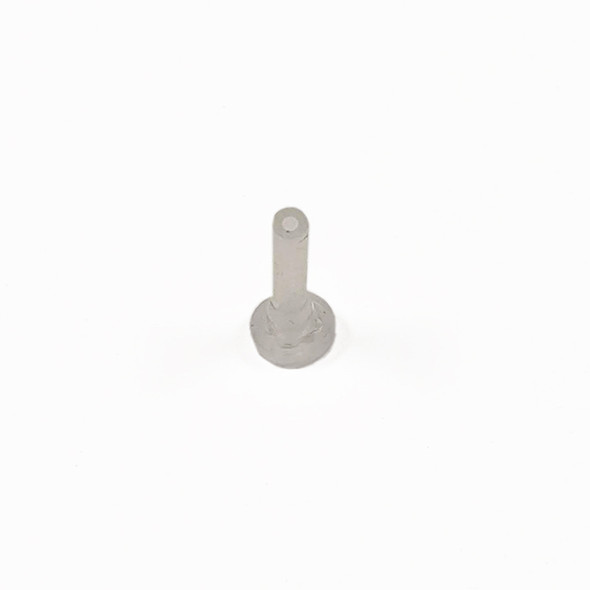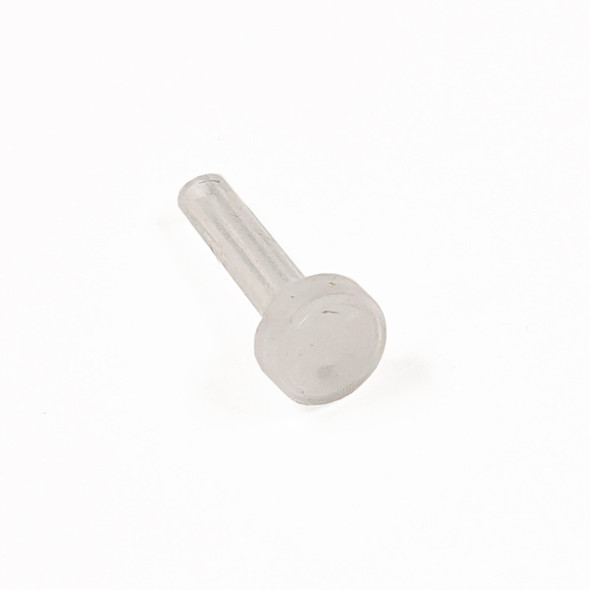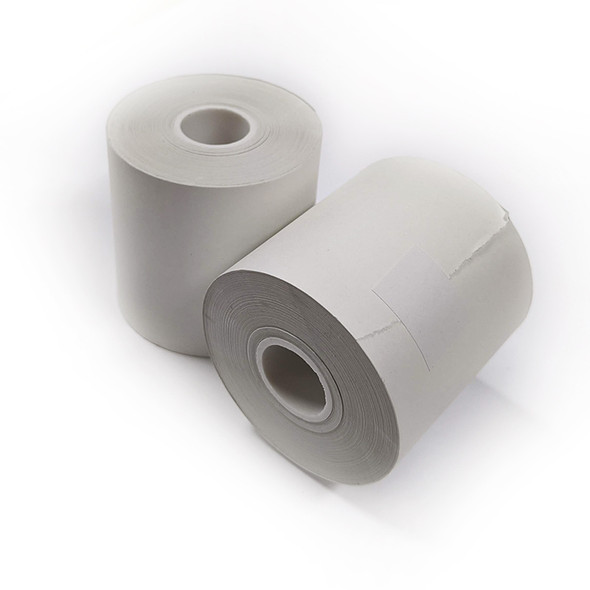Description
CURRENTLY UNAVAILABLE – REQUEST AVAILABILITY
No more paper needed! The Reichert Model 30™ Pneumatonometer, now featuring real-time digital charting. The same precise tonometer that you've come to trust, now with PC software for convenient data analysis.
The Reichert Model 30™ Pneumatonometer is an easy to use instrument that provides fast and accurate tonometry and optional tonography functions. The probe tip, which floats on an air bearing, is gently touched to the anesthetized cornea and a precisely regulated flow of filtered air applies force to the tip. A small (5 mm diameter) fenestrated membrane permits the air to flow through vents in the tip until it conforms to the shape of the cornea. Increasing pressure is continually applied to the cornea until the force being applied is equal to the pressure in the anterior chamber. When these forces are in balance a pneumatic sensor records the intraocular pressure. In pulse tonometry mode, the ocular pulse waveform is charted and recorded along with IOP.
Easy to Use
Doctors and technicians agree that the Model 30 Pneumatonometer is easy to use. The all-new touch screen interface features an easy-to-use icon-based operating system enabling even inexperienced users to make measurements in seconds. The full color display guides the operator through the measurement process and displays readings. The optional footswitch (available with the tonography kit - catalog number 16033) makes obtaining measurements even easier, freeing the operator to concentrate on handling the sensor probe. The optional Model 30 Pneumatonometer PC Software enables data to easily be transferred to a PC.
Multi-Modality
The Model 30 Pneumatonometer provides ocular pulse amplitude measurements in addition to tonometry measurements. The optional tonography mode enables measurement of the aqueous outflow efficiency of the trabecular meshwork.
Clinically Trusted
The Model 30 Pneumatonometer is trusted worldwide and is frequently the instrument of choice of specialists and researchers. Research indicates that measurements obtained with the Model 30 Pneumatonometer are less affected by corneal properties than other methods of tonometry.

























